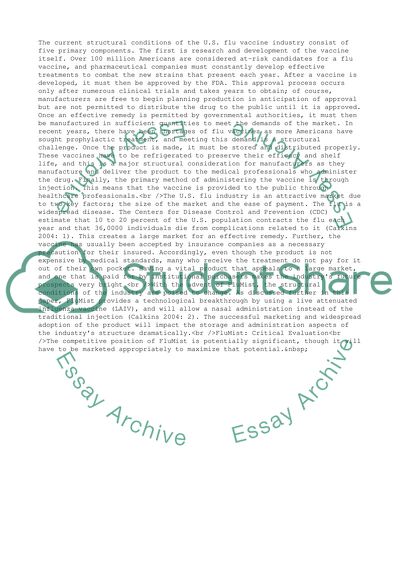Cite this document
(MedImmunes FluMist Case Study Example | Topics and Well Written Essays - 1750 words, n.d.)
MedImmunes FluMist Case Study Example | Topics and Well Written Essays - 1750 words. https://studentshare.org/business/1506072-medimmunes-flumist-introduction-a-case-study
MedImmunes FluMist Case Study Example | Topics and Well Written Essays - 1750 words. https://studentshare.org/business/1506072-medimmunes-flumist-introduction-a-case-study
(MedImmunes FluMist Case Study Example | Topics and Well Written Essays - 1750 Words)
MedImmunes FluMist Case Study Example | Topics and Well Written Essays - 1750 Words. https://studentshare.org/business/1506072-medimmunes-flumist-introduction-a-case-study.
MedImmunes FluMist Case Study Example | Topics and Well Written Essays - 1750 Words. https://studentshare.org/business/1506072-medimmunes-flumist-introduction-a-case-study.
“MedImmunes FluMist Case Study Example | Topics and Well Written Essays - 1750 Words”. https://studentshare.org/business/1506072-medimmunes-flumist-introduction-a-case-study.


